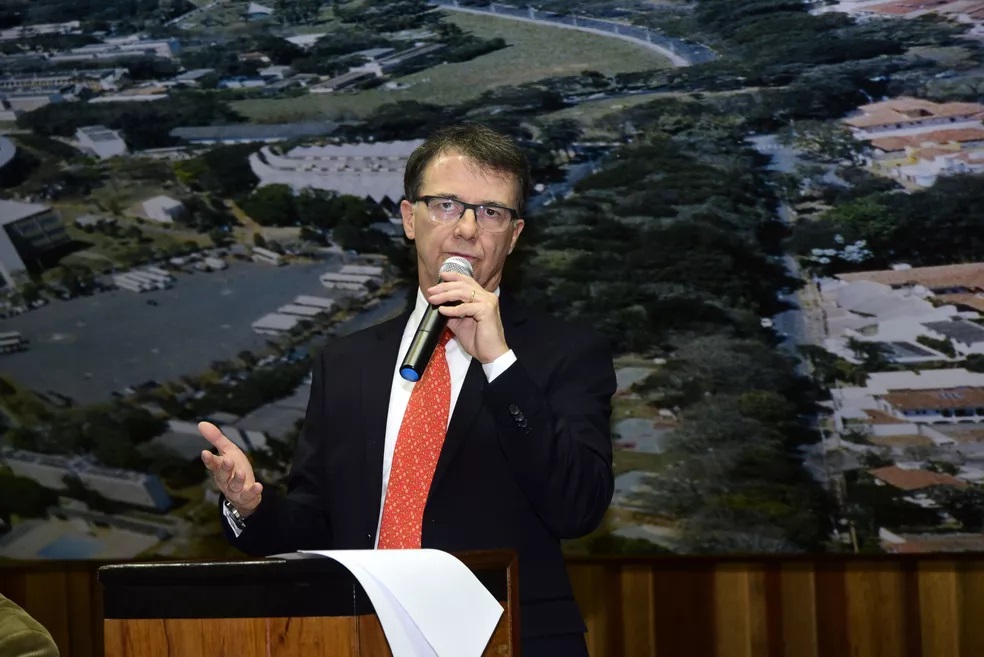Article by researcher Sergio Salles-Filho published in the Unicamp Journal on April 5, 2024. Click here to access the original text.
Meetings, seminars, lectures, brainstorms, policy conception, and other activities are underway to fuel the 5th National Conference on Science, Technology, and Innovation (5CNCTI, as portuguese abbreviation). The 5CNCTI has an organizing committee of nearly 50 organizations directly and indirectly linked to Science, Technology and Innovation. Preparatory actions are taking place nationwide. Without a doubt, it’s an important and necessary moment.
There are four key areas for the conference: expansion of the system; reindustrialization with innovation; national strategic programs; and STI for social development. The overarching motto is: Science, Technology, and Innovation for a Just, Sustainable, and Developed Brazil.
Relevant topics. Hard to disagree. Is it thouhgh? It depends. Lately, we have witnessed surprising disagreements about the importance of science for the country. Unfortunately, we still believe that people have an obligation to understand that we are important.
It’s impossible not to notice that we lack systematic surveys on the outcomes of previous conferences, nor do we have them on the science, technology, and innovation (STI) policies that have been happening in recent decades — and they are not few. Certainly, much has been done. There is a topic that has been present in all conferences (and other forums) and is already on the agenda of the 5CNCTI: understanding what types of returns to society and to the country’s development have been achieved by the STI policies, programs, and actions that we have been undertaking.
We have an understanding of our standing compared to other countries only through indicators that are abundant and available, such as scientific production, measured by publications (we are around the 13th position), and technological production (mainly measured by patents, and we are insignificant in global production). We also know that the country continues to fare poorly in global innovation rankings (49th position in 2023, after at least 25 years of innovation promotion).
We’ve known all of this for a while now, but we haven’t been able to assess whether our efforts have yielded results.
Certainly, there is something amiss in the connections between Science, Technology, and Innovation that keeps us hostage to the same problems. In the preparatory conferences, this issue is predominant. Participating in some of them and talking to the same people, it feels like I’m living in “Groundhog Day.” [1]
I believe we’ve never truly tackled the structural problems that keep us close to the cutting edge of science and, at the same time, at the rear of innovation. Let me give you an example: policies and instruments have never truly focused on innovating in order to compete globally. Competing in protected markets like ours is, to say the least, very undemanding in terms of research-based innovation. [2]
All topics addressed in the preparatory meetings and the key areas of the national conference are relevant. The new ones and the old ones. The new ones evoke expectations and hopes. Some, like Artificial Intelligence and its impacts, are exciting. The old topics evoke disbelief and disappointment: are we again discussing the same things? Are we again lamenting the indicators of technological production and innovation and devising new programs to see if, this time, it works? The fact is that we prefer to shoot blindly than to learn and calibrate our aim with our own experience.
Despite there being no disagreements that we need to evaluate the billions of reais invested in hundreds of programs (yes, hundreds, see, for example, this link: http://bi.cnpq.br/painel/fomento-cti/), in tens of thousands of scholarships, and in thousands of projects financed with resources from federal and state treasuries, when the time comes, we do not allocate financial, human, and data resources to design, implement, monitor, and evaluate information-based policies.
For decades, we have been experiencing the stacking of STI policies. The 5CNCTI needs, in addition to its relevant key areas, to have a cross-cutting axis: using science to understand and learn from the results and impacts of what has already been done.
The good ideas from the talented minds we have will be much better and will yield more and greater results if they are well-informed about what has and hasn’t worked. Let’s adopt the manuals of the Policy Monitoring and Evaluation Council (CMAP, as portuguese abbreviation), both the ex-ante, which helps us design policies in a professional manner, and the ex-post, which teaches us to evaluate results and impacts and to feed back into the process. [3] Without this, at the sixth Conference, we will again be discussing the same old issues.
[1] For those who haven’t watched the movie “Groundhog Day,” it’s both entertaining and educational.
[2] The numbers are alarming: over the last three decades, Brazil has consistently been among the five most closed economies in the world. Despite having the 9th or 10th largest GDP globally, we are close to the 30th position both in exports and imports measured by value.


